Jaguar is planning a trio of “jaw-dropping” electric sports crossovers to burst through the £100,000 barrier and take the brand into Bentley territory from 2025.
The new two-tier, three-model line-up promises to dramatically recast Jaguar as a 50,000-60,000-per-year manufacturer of exclusive, electric, aluminium-rich cars.
These will be based on a single platform, named Panthera, utilise closely related mechanical packages and be made in Solihull.
UPDATE: 2025 Jaguar EV to be £100,000 four-door GT with 430-mile range
When he became Jaguar Land Rover CEO two years ago, Thierry Bolloré made no secret of his plan to mirror the Range Rover ethos – and success – in a newly configured Jaguar line-up. Within months, the Jaguar design team had been heavily reshaped under Gerry McGovern, the Land Rover design chief who was elevated to the role of group creative director, but since then details have been extremely sketchy.
However, latest intelligence suggests that while there will be no new Jaguar that could be truly described as entry-level, the smaller model (believed similar in size to the Porsche Taycan Sport Turismo) will adopt a similar role to the Range Rover Sport.
It will come in three-door and five-door bodies, positioned as separate models, with an entry price of around £80,000-£90,000.
Single-motor and dual-motor powertrains (with two and four-wheel drive), so its most powerful and best-equipped editions are very likely to push prices to £120,000, above which Jaguar will doubtless see space for bespoke SVR models.
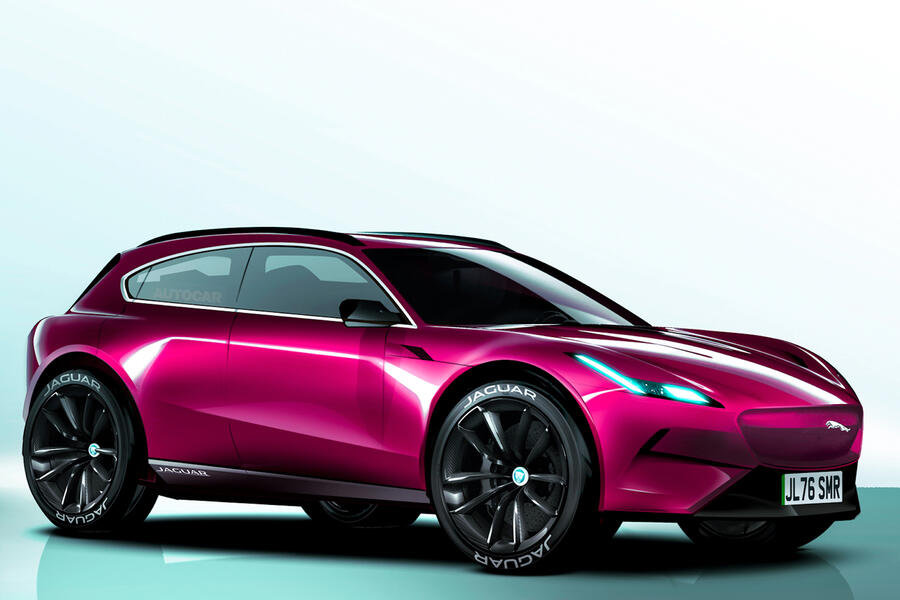


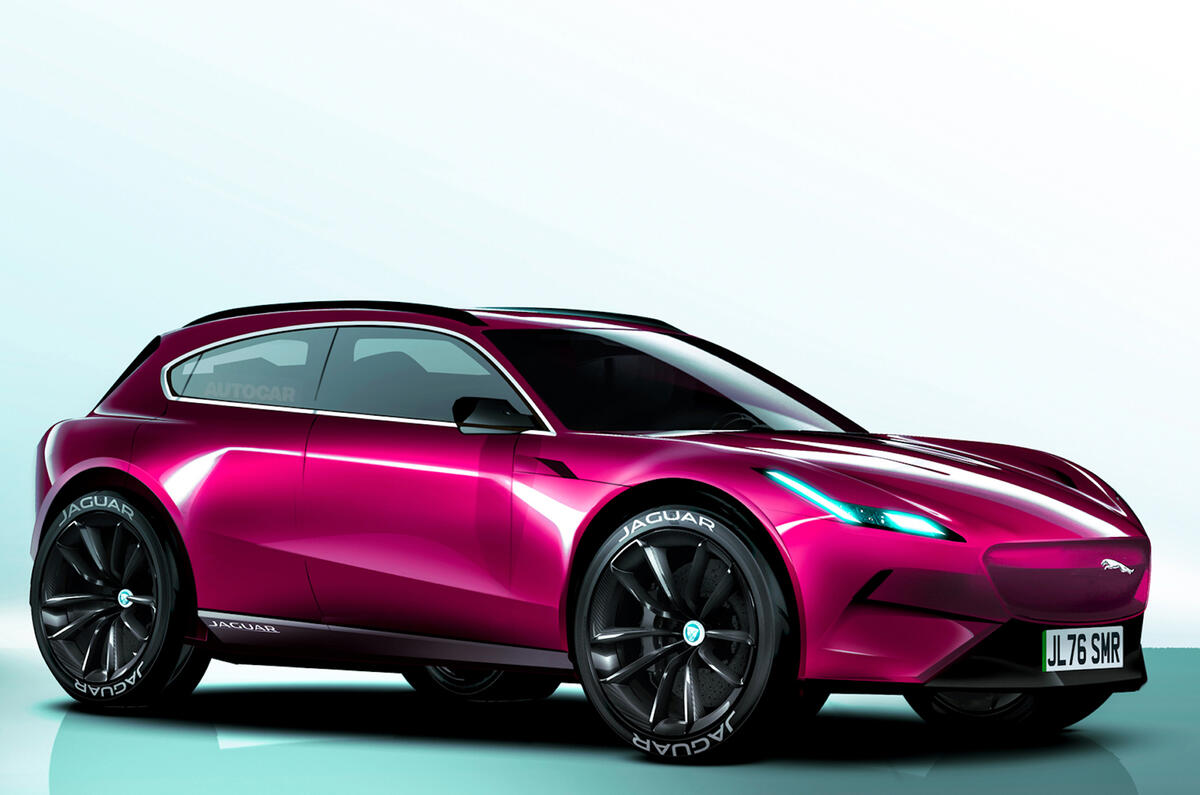

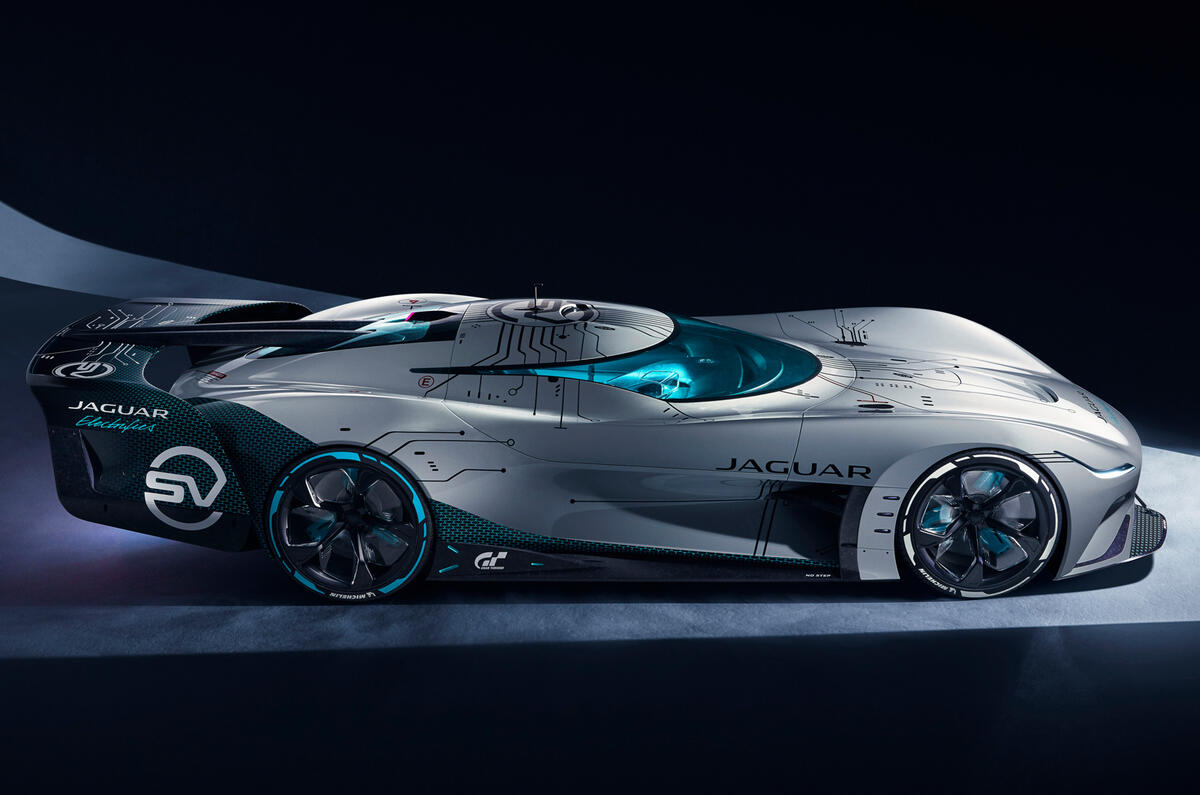





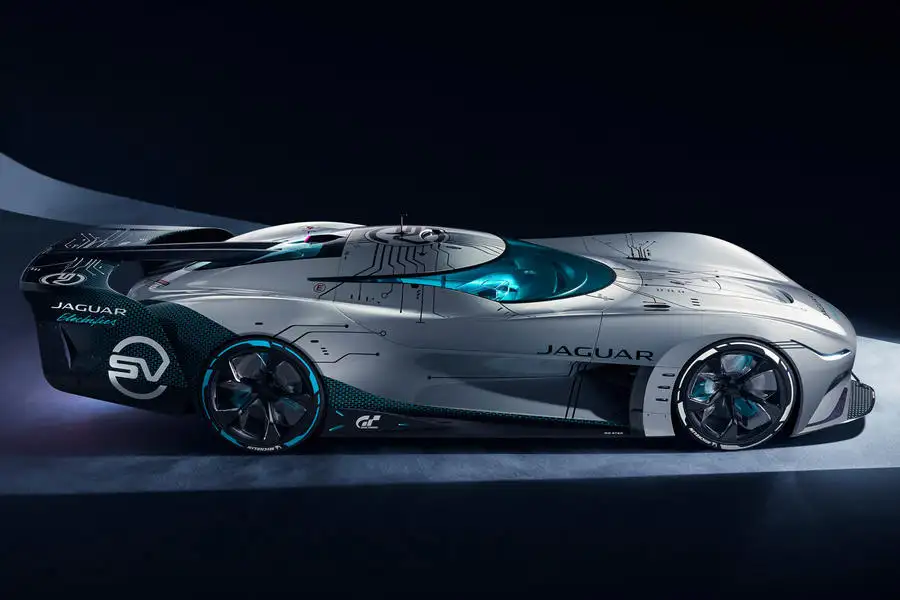
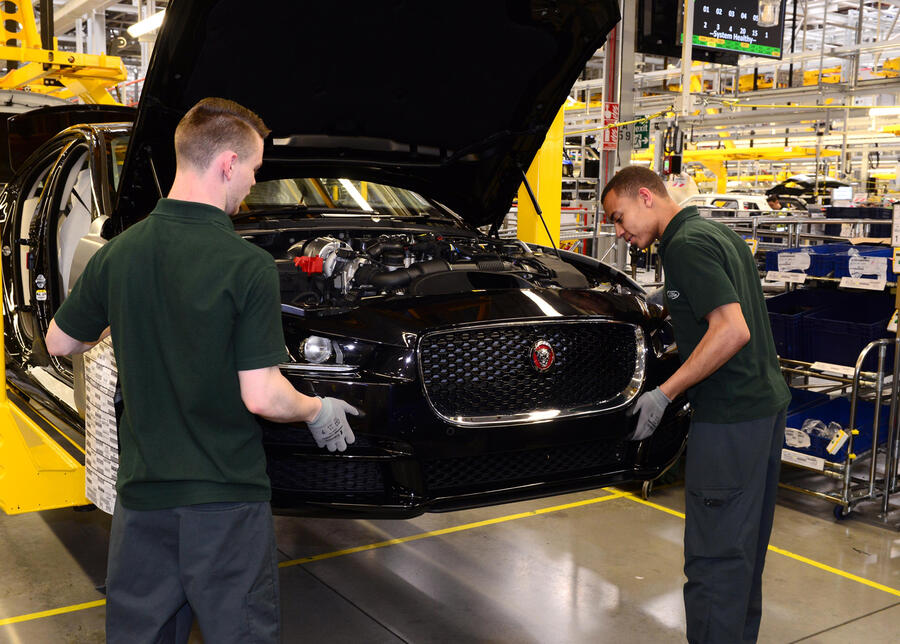
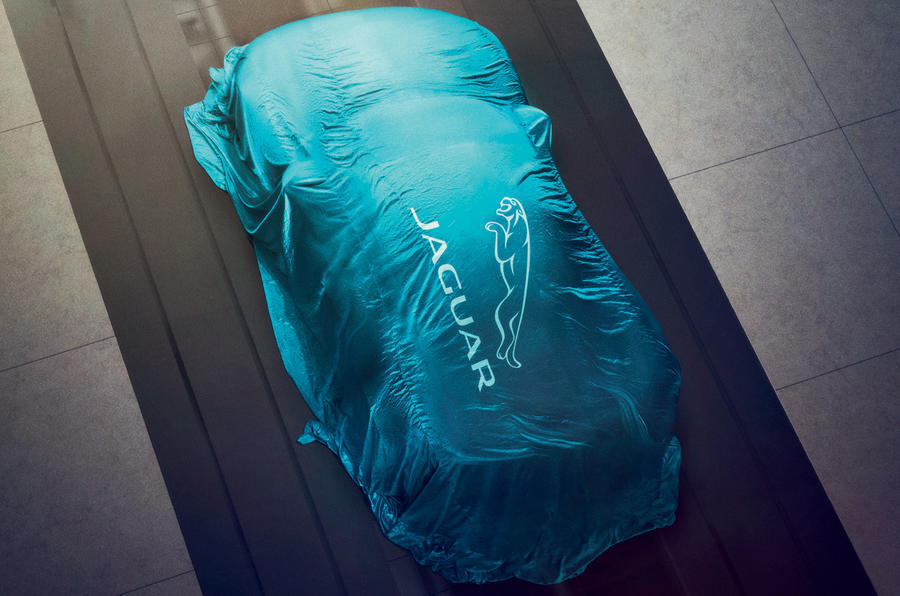
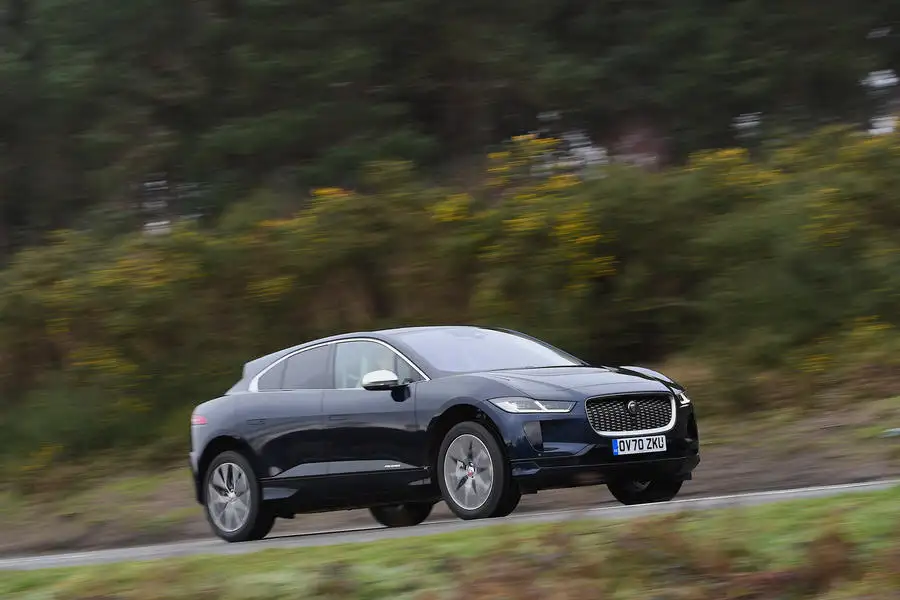






Join the debate
Add your comment
Bye bye Jaguar, its been nice knowing you. These plans are idiotic. No one will buy a £100k+ Jaguar
You're absolutely right. But, in some ways, Jaguar has no choice. Western governments are forcing BEVs upon car manufacturers - but there is no profit in BEVs without a HUGE markup. Then you need a brand with sufficient elasticity, which Jaguar does not, as you rightly point out, possess.
You either need to subsidise your BEVs using ICE sales in other more lucrative markets like Toyota do in the Far East. Or rely on government grants and handouts like Tesla.
The big problem with Jaguar is that their brand equity has been falling for the last 20 odd years because of a string of poor products. Also, they have ignored lucrative emerging markets. For example Ferrari now sell more cars in Thailand than Jaguar, which is the second largest economy in the Far East.
Sadly, no matter which you look at it, Jaguar are doomed.
So another "Exclusive!" click bait article, essentially repeating the interview with NIck Collins and using rendered images merged from FORD MACH-E and Jaguar I-Pace.
Years ago I respected Steve Cropley as a journalist and editor of Car Magazine. Not any more.
The strategy makes sense. The I Pace has a 6 month waiting list (basically because of the Semi conductor crisis). If you go back before we had the problem, JLR could depend on 20k sales a year of a 60k car. In fact that number would possibly be greater now given the growth in demand for EV's.
If all three models share components (remember EVs are easier to make than iCE) then they need less sales. The plan makes sense on an economic basis.
Seems to me Jaguar wants to be Britain's Porsche on the longer term. Personally I think that's a sensible plan. By shrinking Jaguar down to something where the numbers work, they should be able to grow again